Life and death of the Hero of Russia. Academician Valery Legasov
Career before Chernobyl
Scriptwriters of the western "Chernobyl" presented the great scientist Valery Legasov as a deep reflective person, but in many respects devoid of a solid inner core. It is not true. While still in school, being a high school student, Valery showed considerable initiative, which even attracted the attention of the special services. This happened at the Moscow school No. XXUMX (now it is named after a heroic graduate) at the beginning of the 54-s, when the young Legasov offered as much as possible to rewrite the charter of the Komsomol. Moreover, he even prepared his own version, characterized by freedom of views that was dangerous at that time. Such a politically active secretary of the Komsomol organization could not fail to attract the attention of the state security organs, but the school director stood up for him. Of course, the pedagogue’s intercession would hardly have helped, but then Stalin died, easy liberalization happened, and Legasov, obviously, simply didn’t get his hands on his hands.
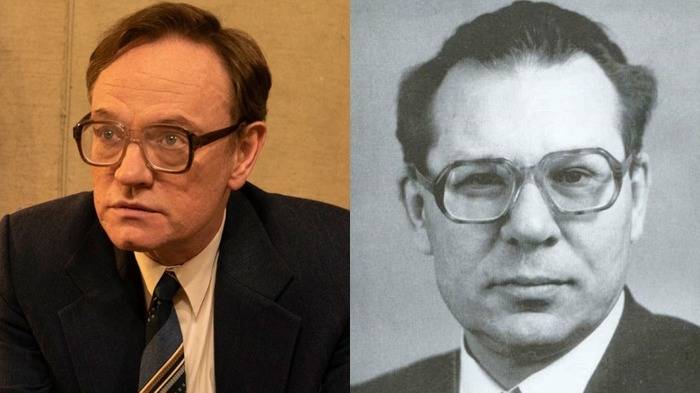
School director Peter Sergeevich Okunkov told the parents of Valery who graduated from school:
By the way, young Legasov after school seriously thought about a literary career and even asked for advice on this matter from the famous poet Konstantin Simonov. Valery came to him with his poems and asked about the desirability of entering the Literary Institute. Fortunately, the master of national poetry advised the young man to get an engineering or science education first, and only then devote himself to poetry.
As a result, Valery, who graduated from school with a gold medal, successfully entered the prestigious university - the Moscow Institute of Chemical Technology named after DI Mendeleev. In those days, this educational institution specialized in training for the young nuclear industry. The faculty graduate of the school chose a physico-chemical profile, where he became one of the most successful students - after graduation he was planned to be left in graduate school to defend his Ph.D. thesis.
Here it is worth making a reservation and separately say about the specialty of the future academician and Hero of Russia. Legasov was not a nuclear physicist in his pure form, he was not engaged in the design of atomic reactors and, moreover, did not develop weapon mass destruction. The main area of research interests of Valery Legasov were noble gases (xenon, argon, and others), which for a long time were considered completely inert, that is, they did not react with anything. But the scientist was able to prove that it is not quite so, and such substances may well react, for example, with fluorine. In the 60s, this was one of the most pressing problems in chemistry. The result of many years of research of the future academic was his Ph.D. thesis, defended in 1967, and the effect of N. Barlett - V. Legasov, which he discovered with university colleague in the West, which was included in university textbooks around the world. Actually, already at that time Legasov worked at the level of leading world scientists.
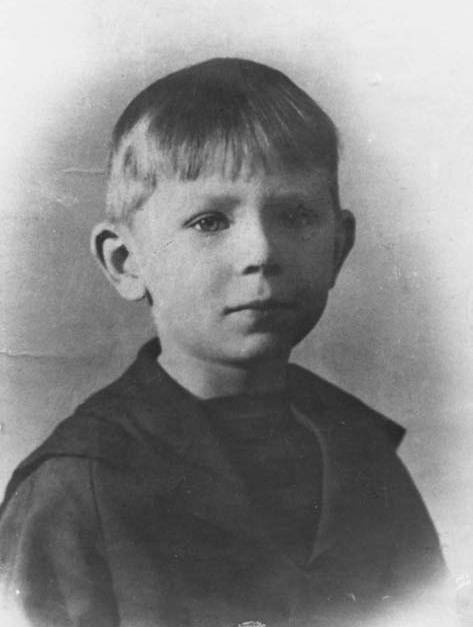
Valery Legasov at the age of six
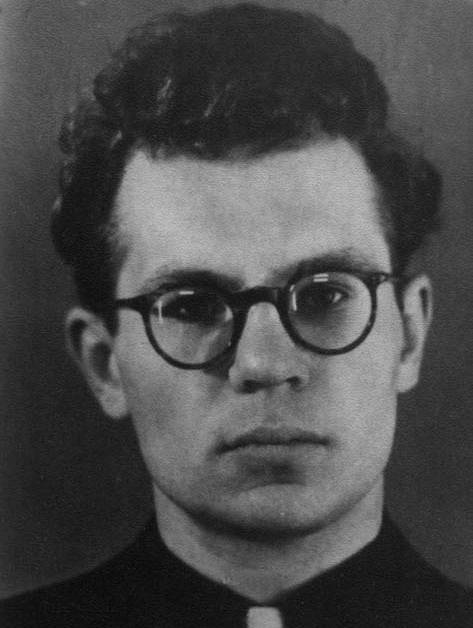
Young university graduate. Start 60's. Work at the Siberian Chemical Combine
But let us return to the budding graduate of the RHTI Valery Legasov. It would seem that behind the back of a serious capital university, there is an invitation to graduate school - stay and learn. But Valery Alekseevich leaves for 1961 in the year in the closed city of Tomsk-7 - to the Siberian Chemical Combine, where he occupies the post of chemical engineer. Three years later, Legasov returned to Moscow and is working on his thesis at the Institute of Atomic Energy. I. V. Kurchatov. In those days, it was hard to imagine a more prestigious place of work for a scientist, and the future academician for all 100% used this chance. In 1966, Valery Legasov received the honorary title “Inventor of the State Committee on the Use of Atomic Energy of the USSR”. And in 36 years, Legasov was already a doctor of science and a corresponding member of the USSR Academy of Sciences. Academician Aleksandrov himself, director of the Atomic Energy Institute, appoints the young scientist as his deputy for science.
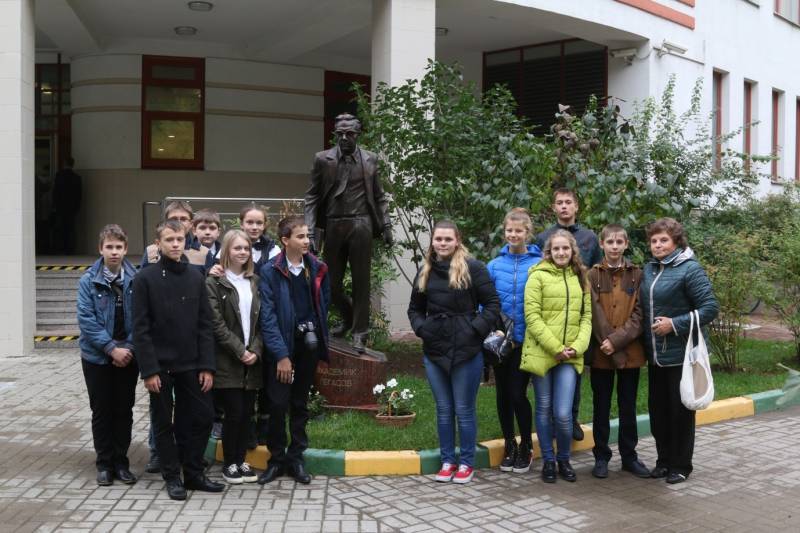
Tula schoolchildren at the monument to the great countryman, installed at the school where Valery Legasov studied in Moscow
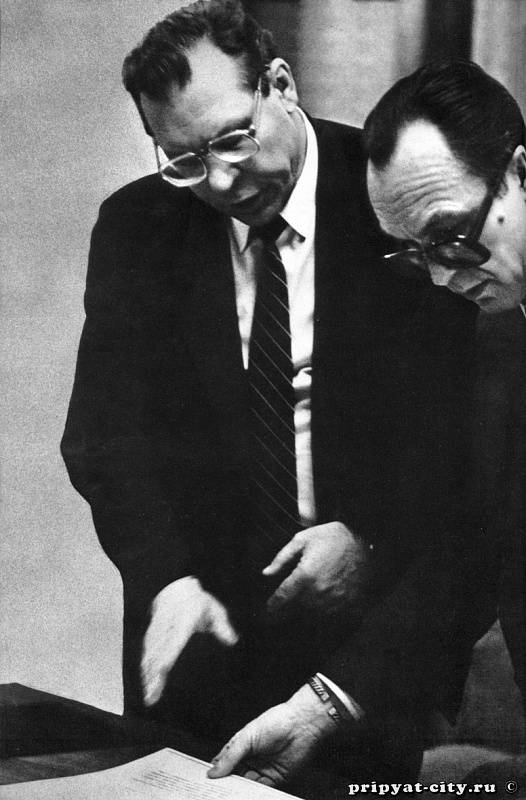
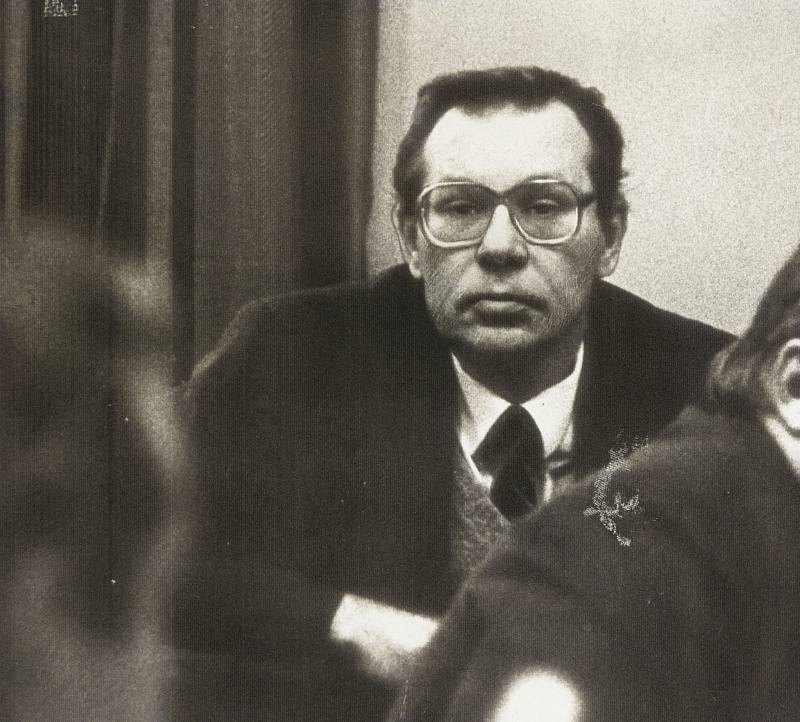
The authority of Legasov is becoming ever more weighty, not only at the institute, but throughout the entire space of the Soviet Union. Events in the scientific career of a scientist are developing rapidly - in 1976, the synthesis of the research and the physicochemical properties of the noble gas compounds of the Central Committee of the CPSU and the USSR Council of Ministers awards the State Prize to Valery Legasov. And in the 1984 year, a few years before the Chernobyl disaster, Legasov became the winner of the Lenin Prize. One of the areas of work of the academician, along with studies of noble gases, was the problem of combining hydrogen and nuclear energy. Valery Legasov proposed to use the thermal energy of a nuclear power plant for the synthesis of hydrogen from water.
I must say that the academician lived modestly enough for his regalia and influence. Of course, not the way it is shown in the film “Chernobyl” - in a cramped and cramped furnished apartment. Legasov had a personal car GAZ-24 "Volga", which he bought for considerable for those times 9 333 rubles.
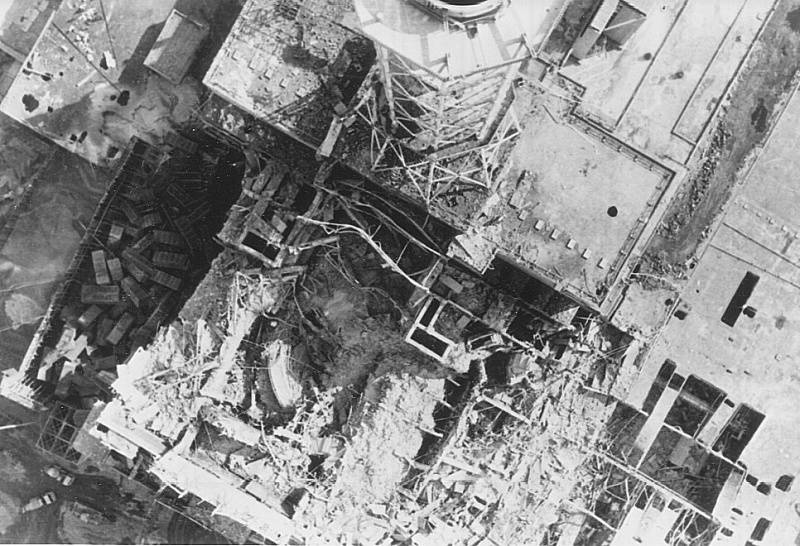
Valery Legasov in the end of 70-x a lot of time devoted to industrial safety of nuclear facilities. Of particular relevance to this problem was the accident at the American Three Mile Island NPP in 1979. According to the memoirs of L. N. Sumarokov, Corresponding Member of the USSR Academy of Sciences, who worked in the Legasov team, the academician closely followed the global energy industry:
A little later, Legasov directly warns of the possibility of a Chernobyl-like disaster. So, in the journal Priroda from 1980, the academician and his colleagues wrote:
Six years remained before the accident at the Chernobyl NPP ...
Last two years of life
26 April 1986, Valery Legasov, along with a government commission, flew to Chernobyl. This day finally and irrevocably changed the fate of the scientist. From this point on for several months, Academician Legasov exercised direct scientific leadership in eliminating the consequences of the disaster. Why in general was the inorganic chemist forced to solve purely physical problems? Why not send someone from the high society of nuclear physics? The fact is that the president of the Academy of Sciences Anatoly Alexandrov personally asked the academician about this. Time was running out, and Valery Legasov was simply the closest. In addition, Alexandrov took into account outstanding organizational skills, dedication and perseverance of the academician. And I must say, I was not mistaken.
In the first days, Legasov, as a chemist, proposed to extinguish the emergency reactor zone with a mixture of boric acid, lead and dolomite. Physicists, by the way, suggested simply removing burning graphite from the zone. How much it would cost lives, nobody knows. Also it was Valery Legasov who insisted on a complete and emergency evacuation of the population of Pripyat. Constant monitoring of the elimination process required the scientist to stay around the clock in the zone of radiation contamination. When he 5 May returned for a couple of days to Moscow, his wife Margarita Mikhailovna, saw a person with obvious signs of radiation sickness: baldness, “Chernobyl sunburn”, weight loss ... Formally, Legasov could refuse and in May 1986 of the year did not take further part in the elimination accident, but he returned and received an even greater proportion of radiation. Perhaps it was precisely this that undermined not only his physical, but also his spiritual health. 13 May Legasov returned to Moscow for the second time with new signs of the disease: nausea, headaches, loss of appetite and a nagging dry cough. In total, the academician flew to the emergency zone seven times, while working on 12-15 hours a day.
At the end of August 1986, Valery Legasov spoke in Vienna to the IAEA experts with a report “Analysis of the causes of the accident at the Chernobyl nuclear power plant and liquidation of its consequences.” For three months, the scientist prepared the 380-page work without any traces of the tragedy, and for five hours he announced it to the audience, in which there were at least 500 world-class researchers and engineers from 62 countries. Was it possible to mislead them and provide knowingly false facts? The Chernobyl accident was not the first in the world stories, the scientific community has already learned to analyze the causes. Nevertheless, rumors of Legasov’s insincerity are still denigrating the memory of the great scientist. It is from a report at the IAEA meeting that Academician Valeriy Legasov becomes world famous - he is one of the ten most popular scientists in the world at the end of 1986. But Mikhail Gorbachev, after his performance in Vienna, struck out Legasov from the list of awards for liquidating the accident at the Chernobyl nuclear power plant.
In the autumn of 1987, a scientist is invited to a "tour" in the cities of Germany, where he gives lectures, one of which states the following:
And that was an understatement. Legasov openly stated that the situation at the nuclear power plant was very similar to 1941 for a year: no one expected and was not ready for an accident even at the elementary level. There were not enough respirators, special dosimeters, iodine preparations ...
There are many reasons that led the academician to commit suicide at the age of 52. Among them are the conspiracy of the special services, which did not forgive him the truth about the causes of the accident, and the pressure of the leadership of the Academy of Sciences due to elementary envy. After all, it was Legasov who was to become the successor of Academician Aleksandrov as director of the institute. But he was not from the "atomic" elite. "Upstart", who achieved world fame on the tragedy - so thought about him in scientific circles. This annoyed many. He was oppressed at his native institute, openly criticized, and many initiatives were simply turned off. The realization of the importance of genius in Russia did not come soon. After a decade of the Chernobyl accident, the President of Russia posthumously awarded the title of Hero of the Russian Federation to academician Legasov Valery Alekseevich.
But the academician Valery Alekseevich Legasov was awarded with a commemorative medal for his participation in the work on eliminating the consequences of the Chernobyl NPP accident. Attached to the medal are the signatures of the NPP director M. P. Umants, as well as employees B. A. Borodavko, V. A. Berezina, S. N. Bogdanov. Were late only to hand in person, we had posthumously ...
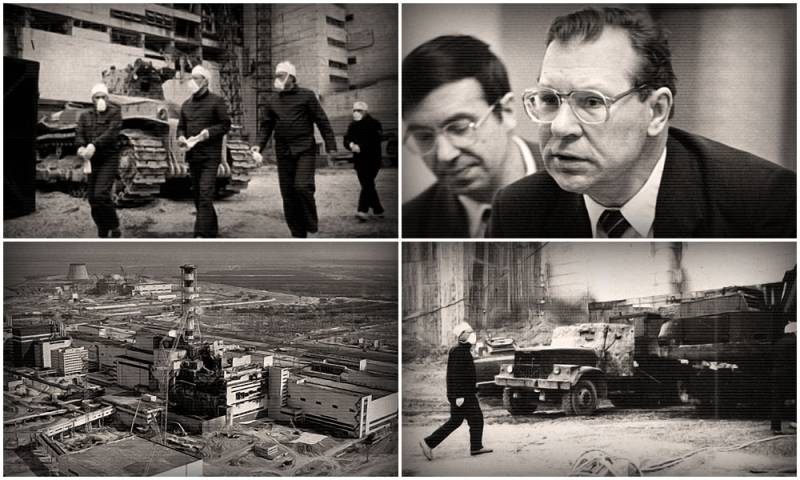
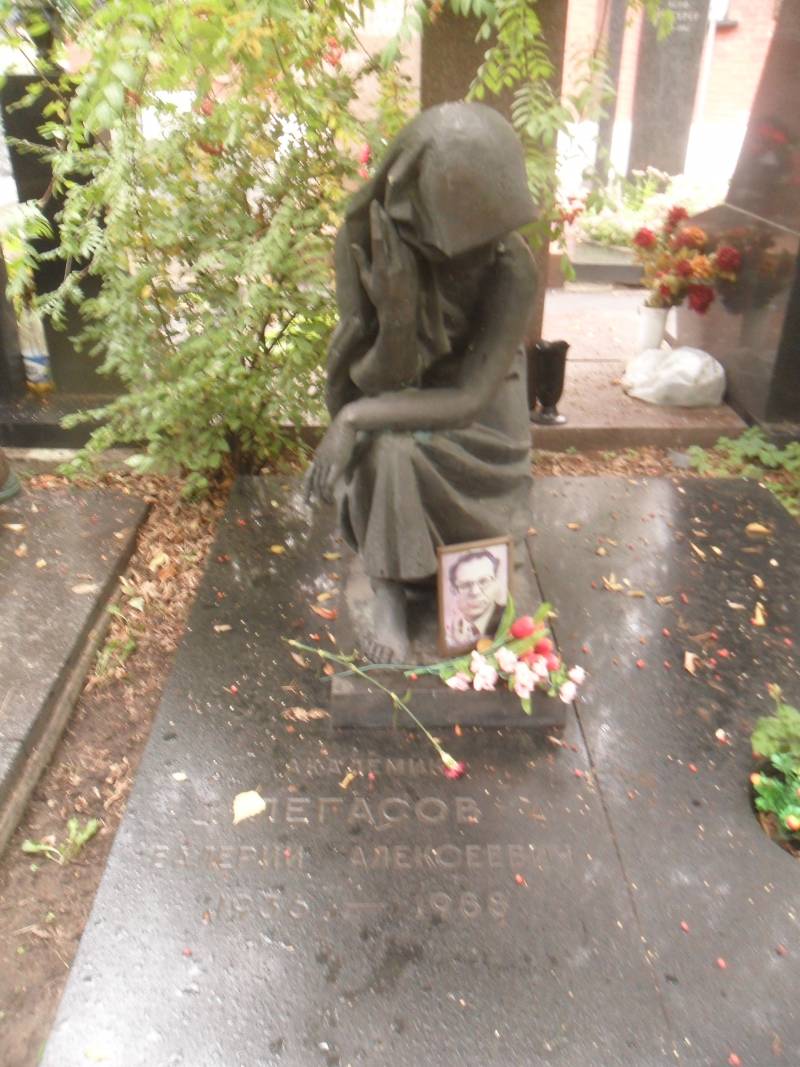
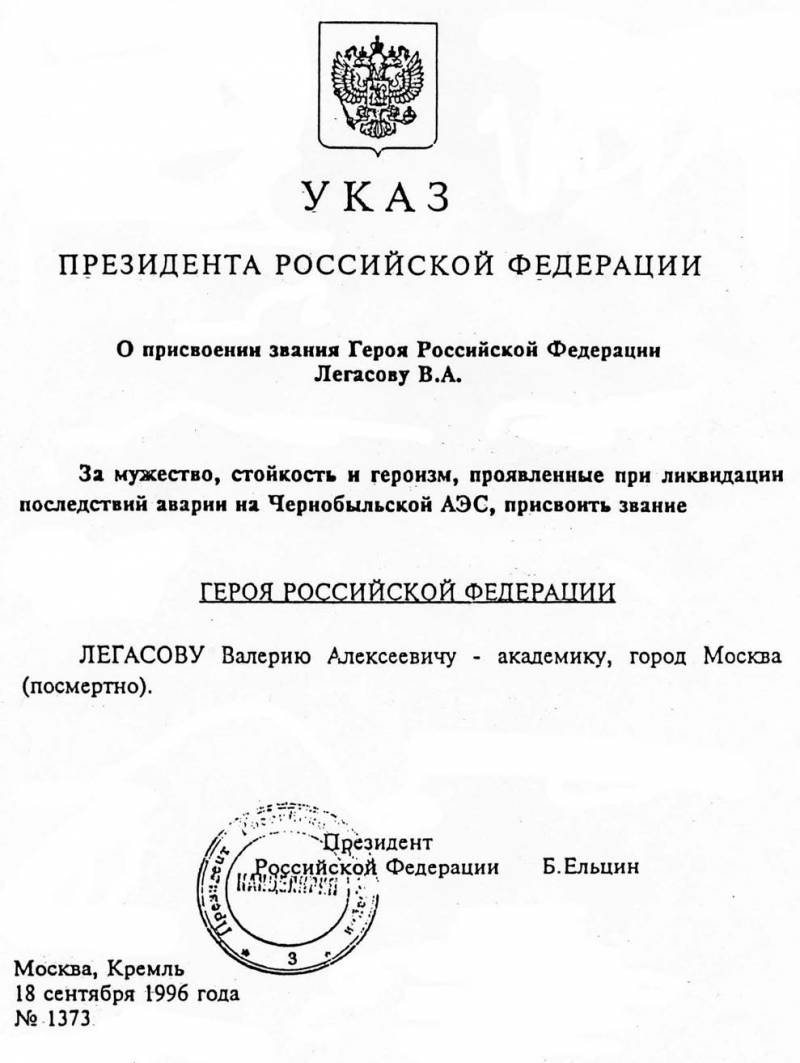
Information